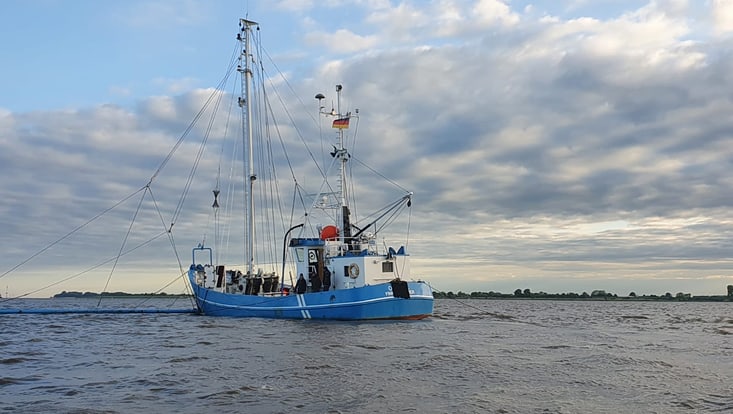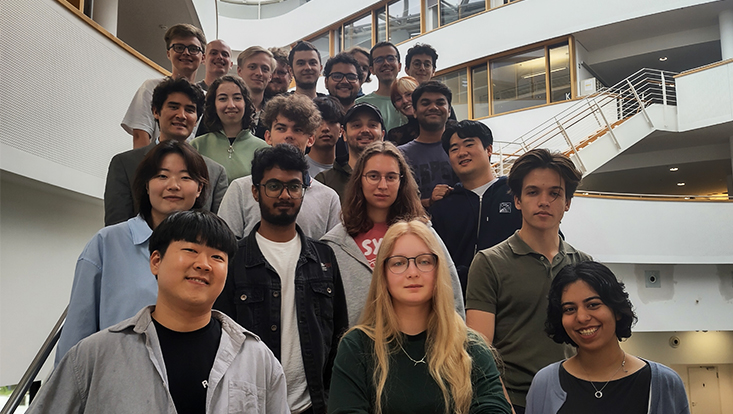and Natural Sciences
UV vision helps birds see the forest for the trees
28 January 2019, by MIN-Dekanat

Photo: pexels
By exaggerating the contrast between the tops and bottoms of leaves, UV vision could help bring forest structure into high definition and thus help birds navigate these spatially complex environments. The findings are reported in "Nature Communications".
Cynthia Tedore and Dan-Eric Nilsson photographed forest habitats in Sweden and Australia using a ‘multispectral’ camera with filters that mimic the visual capabilities of birds. This approach, combined with optical modelling, helped the authors visualise what the birds would see both with and without the capacity for UV vision, and in forest habitats with different amounts of light penetration.
Despite upper and lower leaf surfaces reflecting similarly small proportions of incident UV light, the authors found that the contrast between leaf surfaces was greater with UV vision. This was due to the lack of transmission of UV light through leaves and more light being available to upper leaf surfaces from the sky above. Using optical modelling, they also discovered that specular reflections (the mirror-like reflection of waves, such as light) from the waxy leaf cuticle in different habitats play a role in the apparent colour of leaves, and in turn, leaf surface contrasts. They found that the maximum leaf-contrast is seen at shorter UV wavelengths in open canopies, and at longer UV wavelengths under closed canopies.
The authors suggest that UV vision could facilitate navigation through complex leafy habitats, as well as aiding in the search for particular leaf surfaces for tasks, including prey searching, laying eggs and seeking refuge.
Text: Nature
Publication
Cynthia Tedore, Dan-Eric Nilsson. Avian UV vision enhances leaf surface contrasts in forest environments. Nature Communications, 2019; 10 (1) DOI: 10.1038/s41467-018-08142-5


